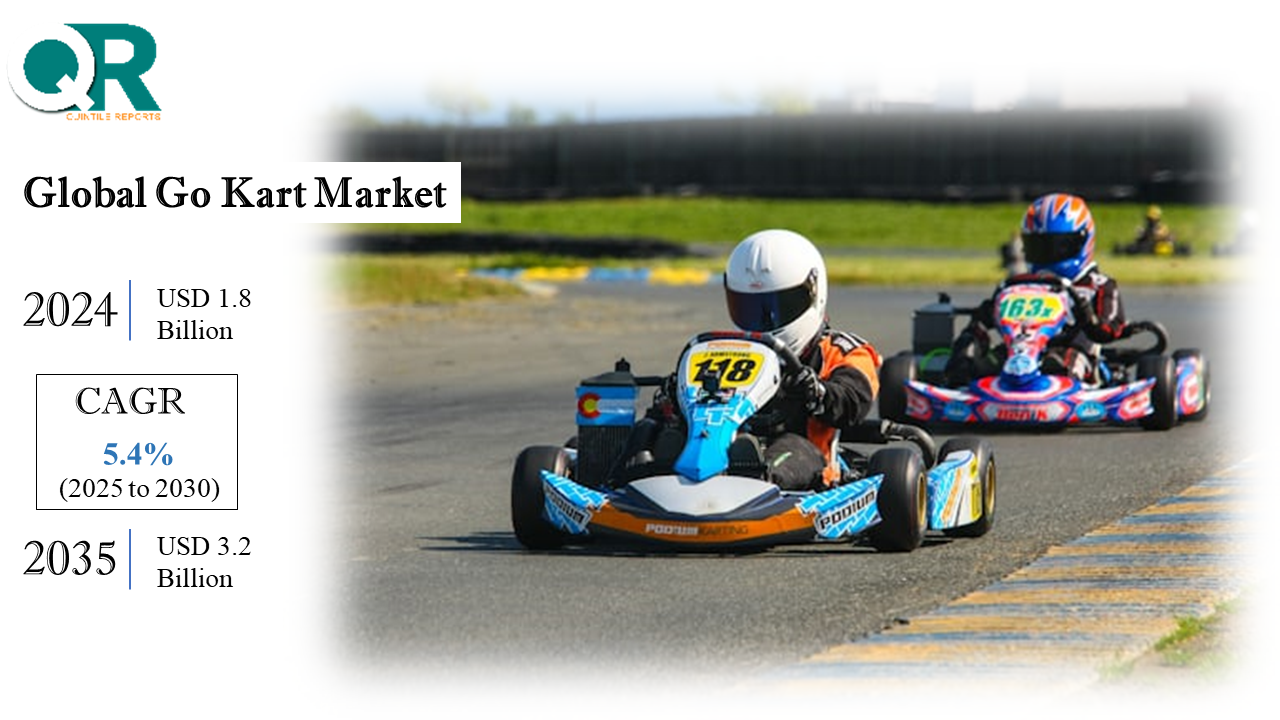The global Veterinary Bone Grafts and Substitutes Market is projected to grow significantly over the next decade, expanding from USD 272.6 million in 2025 to USD 384.1 million by 2034, at a compound annual growth rate (CAGR) of 6.95%. This rising demand highlights increasing investments in advanced veterinary healthcare technologies across the globe.

Veterinary surgeon applying bone graft material during a pet orthopedic procedure – a growing trend in advanced animal care.
Key Market Insights
-
Growing Pet Ownership: A surge in the number of pets, especially dogs and cats, is a major driver for advanced orthopedic and dental treatments in veterinary care.
-
Technological Advancements: Innovations in bone grafting materials, including synthetic grafts and injectable substitutes, are revolutionizing veterinary surgical procedures.
-
Orthopedic & Dental Applications: These applications remain at the forefront, contributing significantly to overall market revenue, with orthopedic surgeries alone accounting for over 42% of the market share.
Segment Analysis
-
By Product Type: Autografts hold a major share, while synthetic bone substitutes like tricalcium phosphate (TCP) are gaining rapid traction.
-
By Form: Injectable bone grafts accounted for more than 35% of the market in 2024 due to ease of use and less invasiveness.
-
By Animal Type: Dogs represent the leading segment, contributing over 56% of market revenue in 2024.
-
By End-Use: Veterinary hospitals and clinics dominate, responsible for over 90% of the usage due to higher surgical procedure volumes.
Regional Overview
-
North America remains the dominant market, backed by advanced veterinary infrastructure and increasing pet healthcare spending.
-
Asia Pacific is expected to witness the fastest growth, fueled by rising awareness, pet ownership, and economic development in emerging markets.
Veterinary Bone Grafts: Advancing Animal Orthopedic Care
Veterinary bone grafts have become a cornerstone in modern animal healthcare, particularly in orthopedic and dental procedures. These grafts are biologic or synthetic materials used to replace or enhance missing or damaged bone tissue in animals, primarily dogs, cats, and horses. As pet ownership and spending on companion animal health continue to rise globally, the demand for advanced surgical interventions like bone grafting is also increasing. Veterinary bone grafts play a vital role in promoting bone healing, reducing recovery time, and improving the overall success of surgeries involving fractures, joint reconstructions, and dental repairs.
There are several types of veterinary bone grafts available, including autografts (harvested from the animal’s own body), allografts (from donor animals), xenografts (from other species), and synthetic substitutes such as calcium phosphates, hydroxyapatite, and bioactive glass. Among these, synthetic bone grafts and substitutes are witnessing the fastest growth due to their ease of availability, minimal infection risk, and customizable properties. Injectable bone grafts, in particular, are gaining traction for their minimally invasive application and reduced surgical complications.
The use of bone grafts is especially prominent in orthopedic surgeries for dogs, which account for the largest share of procedures. Conditions such as hip dysplasia, ligament tears, and bone fractures often require grafting to ensure proper healing and structural stability. Additionally, bone grafts are used in dental surgeries for jawbone restoration and tooth implantation in both small and large animals. Veterinary hospitals and specialty clinics remain the key end-users of these graft materials due to their access to advanced surgical tools and skilled veterinary professionals.
Technological innovations are further reshaping this market. Companies are developing next-generation bone graft substitutes with enhanced biocompatibility, osteoinductive properties, and faster integration rates. Moreover, growing awareness among pet owners, increased adoption of pet insurance, and rising demand for personalized veterinary care are contributing to the market’s expansion.
In summary, veterinary bone grafts represent a rapidly growing segment in the animal healthcare industry. Their increasing use in orthopedic and dental procedures, along with ongoing advancements in graft materials, points toward a promising future for this niche but vital market.
Leading Companies
Key players operating in this space include:
-
BioChange
-
Cavix
-
Exabone
-
Lynch Biologics
-
Movora (Vimian Group)
-
Nutramax
-
Rita Leibinger
-
S-VETOSS
-
TheraVet
-
Veteregen
These companies are focusing on innovation, partnerships, and strategic expansions to strengthen their market presence.
For full insights, statistics, and forecasts through 2034, access the complete Veterinary Bone Grafts and Substitutes Market Report on Quintile Reports.




